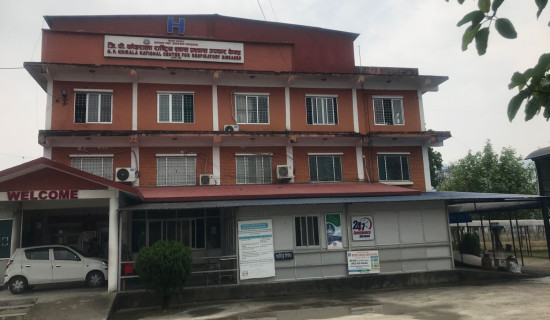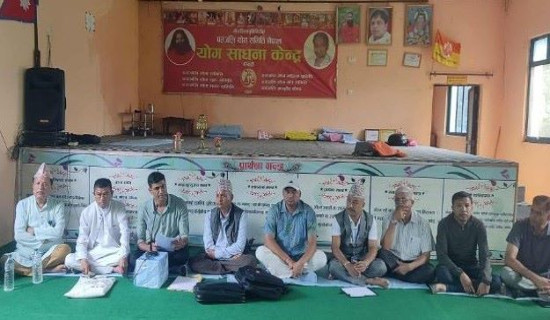- Sunday, 31 August 2025
Korala Connectivity
Nepal’s northern geography is marked by rough and rugged terrain and snowy mountains, which make the movements of people and goods difficult and sometimes impossible. A robust infrastructure along the borders with the northern neighbour plays a critical role in boosting trade, tourism, connectivity and people-to-people contact. With the establishment of diplomatic relations between Nepal and China in 1955, there has been a significant improvement in the cross-border connectivity. Various agreements have been signed to construct border ports, border health quarantine facilities, border road and tunnel projects, Integrated Check Posts (ICPs), a cross-border railway project, cross-border 220 KV power transmission lines, and to strengthen border security and management between the two nations.
ICPs help streamline trade and reduce the costs of business operations. Better roads, railway connectivity, and air services promote tourism, as tourists visit various cultural and natural sites for delight, information, and knowledge. Nepal and China are collaborating to develop the Trans-Himalayan Multi-Dimensional Connectivity Network, encompassing cross-border railways and roads, which is essential for regional economic integration and connectivity. The cross-railway facilitates Nepal to get access to the seas, providing it third country trade route and transforming it from a landlocked to a land-linked country.
Against this backdrop, the Korala border point in Lomanthang of Upper Mustang has received renewed attention recently, with Prime Minister KP Sharma Oli pledging to fully operate it soon. The ancient trade route between Nepal and China is also a strategic point and both sides need to work in close collaboration to benefit from bilateral trade. During his meeting with the lawmakers and local level representatives the other day, PM Oli informed that preparations were underway to bring the Korala border point into full operation along with the construction of required infrastructures. It is a known fact that Nepal has yet to set up modern facilities along the border on a par with the Chinese counterpart. Poor infrastructure has prevented the country from tapping its economic potential.
So Nepal must construct basic physical infrastructure, including customs, immigration, an integrated security post, a dry port, and commercial facilities. Adequate human and financial resources are equally important for their effective management. Last year, an immigration office was set up at the Korala border. It has a 10-room prefabricated house with an electricity facility but it was closed down owing to the chilly temperatures. It lacked amenities to fight the cold.
In order to enhance trade and connectivity, the Nepal government has initiated the construction of the Benighat–Korala road, expedited the process of operating the Muktinath cable car and prioritised the development of an apple super zone and Chyangra (mountain goat) farming. Priority should also be given to blacktop the Kagbeni–Korala road section of the Kaligandaki Corridor. However, delegates have asked the government to review the tourism royalty policy as the imposition of a USD 500 fee per foreign tourist caused a decline in tourist arrivals. Similarly, the declaration of the upper Mustang regions of Lo-Manthang and Lo-Ghekar Damodarkunda Rural Municipalities as restricted areas also hurts tourism activity.
Once the Korala border point comes into full operation, local hotels and businesses will become vibrant. This border point can serve as a vital link among three countries - Nepal, China and India - through the Kaligandaki Corridor and the Siddhartha Highway. As Nepal and China have geared to promote their connectivity through the Belt and Road Initiative (BRI), the Korala border point and the Kaligandaki Corridor must not fall into the shadow.



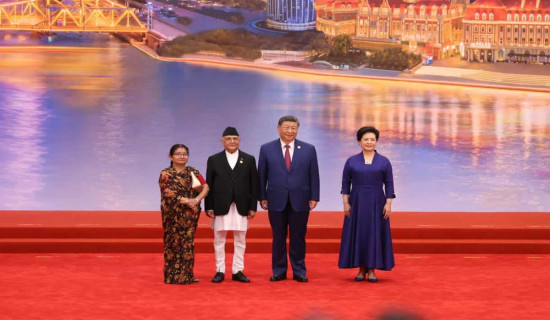
-square-thumb.jpg)
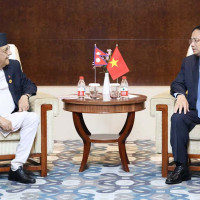
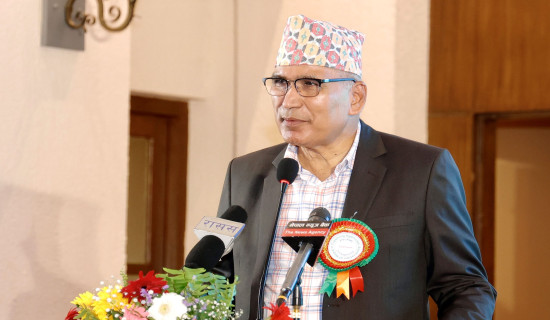
-square-thumb.jpg)
-square-thumb.jpg)



